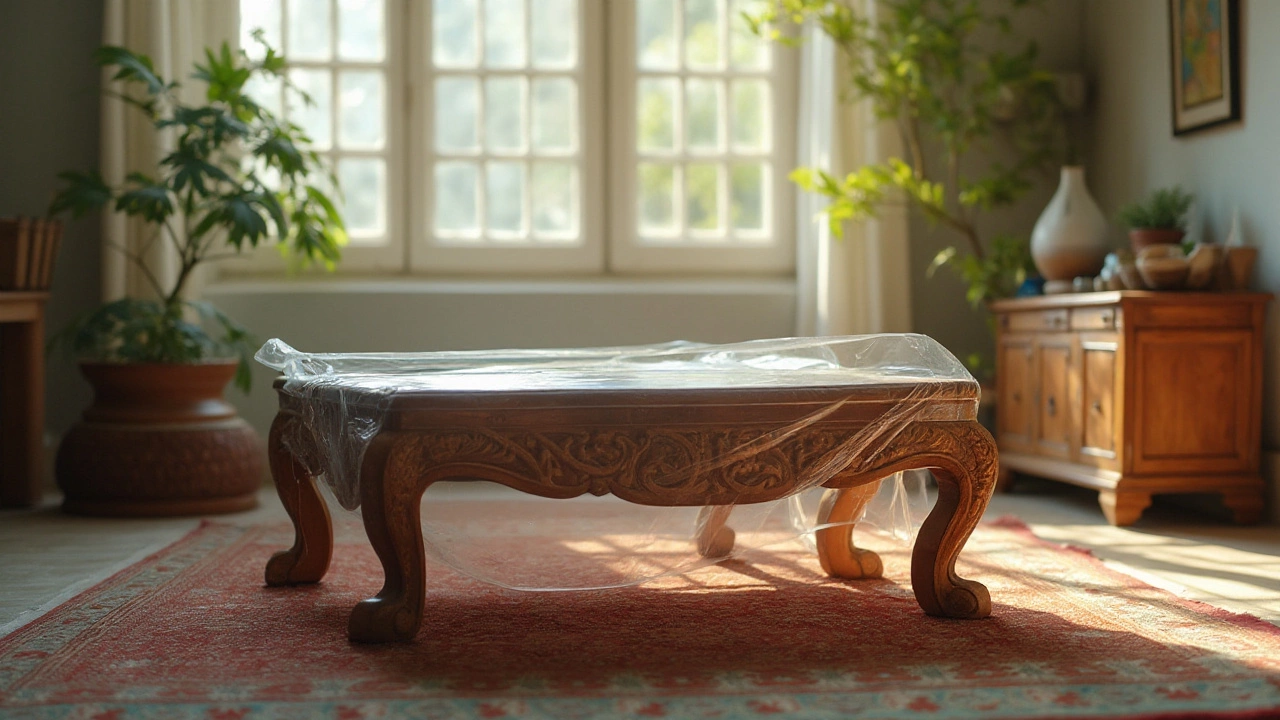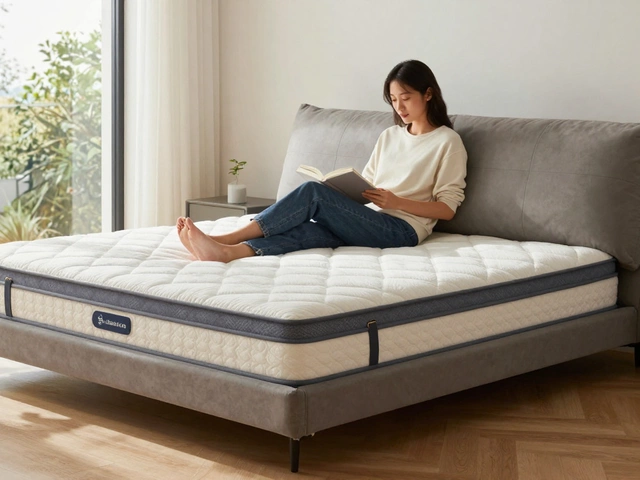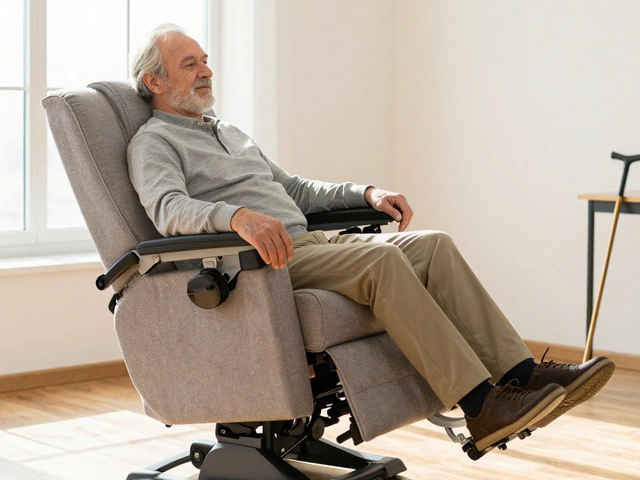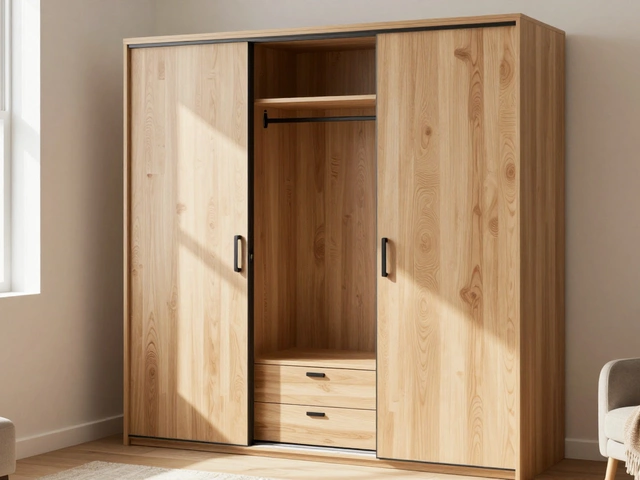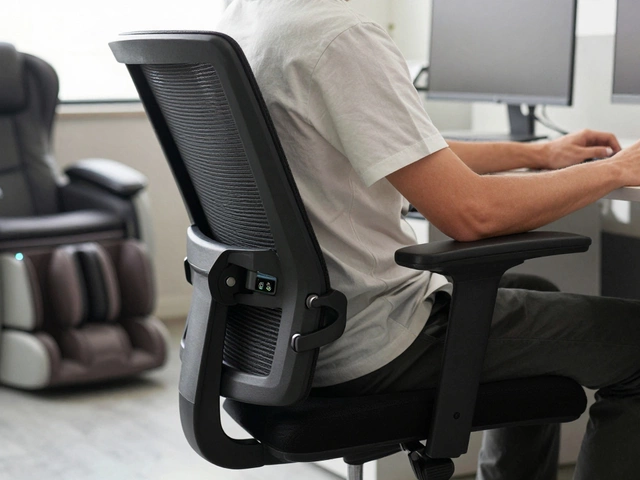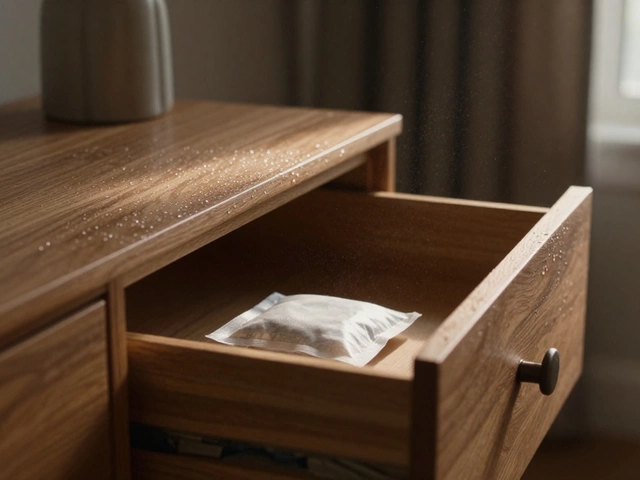Plastic Wrapping: How to Protect Your Furniture and Keep Things Clean
Ever wondered why movers always throw a sheet of plastic over a couch? It’s not just to look professional – the plastic actually shields fabric from dust, spills, and scratches. Whether you’re storing a sofa for a few months or just want to keep pet hair at bay, a good wrap can save you time and money.
Why Use Plastic Wrapping?
Plastic wrap creates a waterproof barrier that stops liquids from soaking into cushions. It also acts as a wind‑break, keeping wind‑blown dust off upholstery during a move. For homes with kids or pets, a thin layer of clear film is a quick way to stop paw prints and crumbs from ruining a fresh coat of paint on a couch.
Step‑by‑Step Guide to Wrapping a Sofa
1. Clear the area – Remove pillows, blankets, and any loose items. This prevents lumps under the wrap.
2. Choose the right plastic – Stretch‑film with a thickness of 2‑3 mils works well. Thicker film is tougher but harder to stretch.
3. Start at the top – Pull the film over the back of the sofa, letting it drape down the sides. Keep the film taut but not so tight that it tears.
4. Seal the ends – Overlap the film at the front and use a strong tape to seal. For extra security, wrap a second layer around the legs.
5. Label it – Write the date and contents on a piece of tape. When you pull the wrap off later, you’ll know how long it’s been stored.
That’s it. A few minutes of effort now prevents costly clean‑ups later.
For larger pieces like sectional sofas, repeat the process in sections. If the sofa has removable cushions, wrap each one individually for an even tighter seal.
When you need to move the wrapped furniture, use dollies or a hand‑truck. The plastic makes sliding easier and reduces friction on the floor.
Pro tip: If you’re storing the wrapped couch in a garage or attic, place a wooden pallet underneath. The pallet lifts the wrap off the ground, stopping moisture from seeping up.
Remember, plastic wrap isn’t a permanent solution. Over time, UV light can make the film brittle, so check it every few weeks if you’re storing for longer than three months.
If you’re eco‑conscious, look for biodegradable stretch film. It breaks down faster than regular plastic and still offers solid protection for short‑term storage.
Finally, when you’re ready to unwrap, do it slowly. Pull the film away at a gentle angle to avoid tearing the fabric underneath. If any adhesive residue remains, a dab of warm soapy water usually does the trick.
With these simple steps, plastic wrapping becomes a handy tool in your home‑care kit, keeping sofas, chairs, and even mattresses fresh and ready for use.
Should You Wrap Your Couch in Plastic for Storage?
Thinking about putting your couch in storage? Learn if wrapping it in plastic is a smart move. We'll cover the reasons you might consider it, potential downsides, and practical alternatives. Protecting your furniture during storage can save you trouble later. Find out the pros and cons of plastic wrap and other options.
Best Practices for Wrapping Furniture in Plastic for Storage
Exploring the pros and cons of using plastic wrapping for furniture storage, this article provides important considerations for protecting your cherished pieces. Readers will learn about effective techniques for ensuring furniture safety, avoiding potential pitfalls, and making informed decisions related to long-term storage. While plastics offer convenience, understanding their impact on different materials is crucial for ensuring the longevity of furniture.

